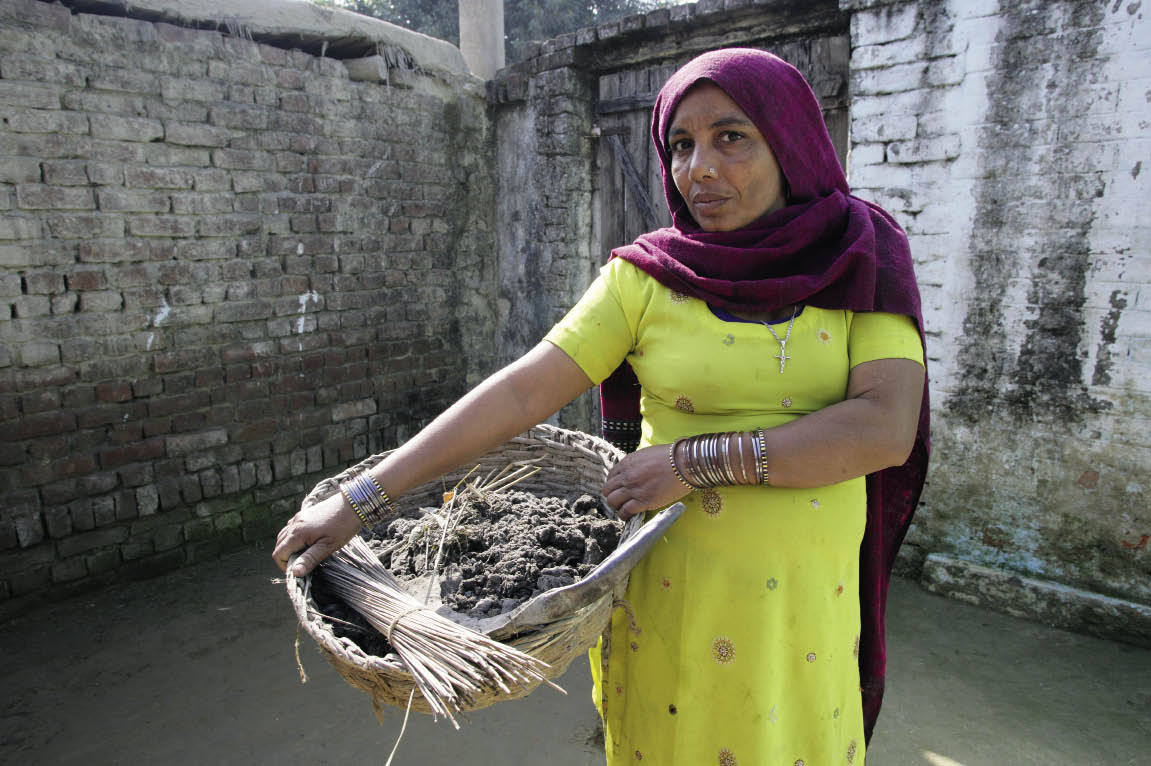Cleanliness was nowhere near godliness in 17th-century Europe — except in Delft, where God came second. The Wellcome Collection’s examination of humanity’s relationship with dirt begins in Vermeer’s city, where thousands of girls with pearl earrings scrubbed hearths for a living. Delftware, those distinctive blue and white ceramic tiles so common in antique shops, was mass-produced because it was so easy to clean and molysmophobic merchants used it to plaster their interiors.
It’s tempting to mock the fashion; but the show immediately moves on to Dickens’ s London – a miasma of grime, dust and disease. The obsessive compulsives of Delft were visionaries.
Dirt: the filthy reality of everyday life (at Wellcome, Euston Road, until 31 August) charts the improvement in public health, and its gradual politicisation. The viewer progresses from the nauseating apparatus of Victorian surgery, to Bazalgette’s plans for the London sewers, to Joseph Lister’s transformation of the Glasgow Royal Infirmary, to the creation of community health centres, to Abram Games’s posters urging Britons to fight Hitler to ensure a future free from disease, to postwar videos explaining the NHS to aspiring families.
The implication is that public health is the surest indication of a nation’s development. The most arresting exhibits confront the prevalence of ‘manual scavenging’ in India, where the lowliest of the caste system, particularly women, are forced to manage open sewers with their bare hands (see above). I was left asking, who will be their Lister?







Comments